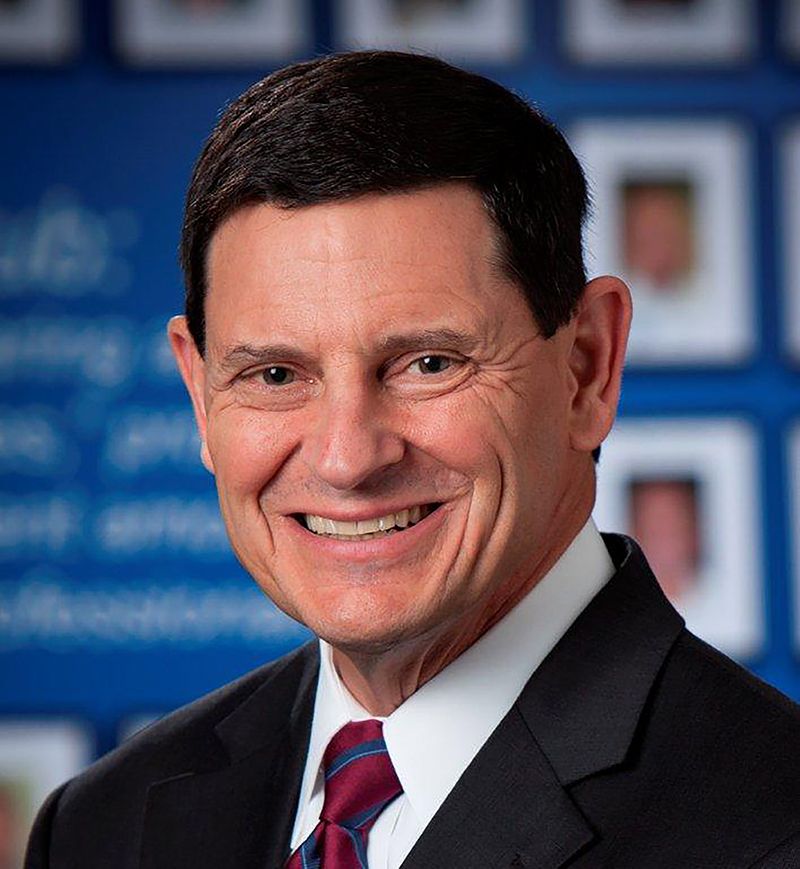When I started my career, I found myself sandwiched between two pivotal periods in the history of advertising. On one end, there was the birth of a new concept that would change the industry forever – brand positioning.
Positioning provided a more in-depth analysis of the segment’s attitudes, and motives, by identifying the conceptual place you want to own in the target consumer’s mind; and the benefits you want them to think of when they think of your brand. On the other end, there was a period that ushered in the use of technology, and desktop computers, forever changing the way advertising would be produced. Eventually, this would spark a new generation of data analytics and metric measuring that would give us deeper insight into consumer behavior.
This data-driven society we live in takes user data, and rich targeting, to serve ads with an exactness never before imagined.
For years, we watched as online consumption and digital media usage increased to record numbers. That’s because people are changing, along with how they consume media and connect with information. For example, 89 percent of Generation Zers, 88 percent of Millennials, 81 percent of Generation Xers, and 86 percent of Baby Boomers use social media, daily. Mobile devices, and easier access to the Internet, have made it so people can step away from their desks and binge on social media anywhere. Even more remarkable is the access advertisers have to consumers and the information their online behavior provides.
The global crisis, and recent current stay-at-home orders, saw those numbers reach unimaginable levels. Brands need to be considerate of digital, but they must be able to integrate other media to fulfill the purpose of marketing; to identify the specific goals and needs of customers. Adding editorial marketing, direct mail and press releases can enhance engagement and complement your online initiatives. Research shows that campaigns using an integrated strategy, with a good mix of traditional and digital media, are more engaging to audiences. Despite what you may hear, print isn’t dead and an integrated balance of traditional and digital assets is key to the success of a campaign.
Overall, print media is an advertising channel people trust most. According to PR Newswire, 82 percent of people interested in making a purchase trust print ads. Followed by 79 percent of Americans who immediately take action on messages they receive in direct mail, driving 10 percent more customers to visit the advertiser’s website.
Print channels give advertisers additional real estate to tell their stories. A recent Temple University study for the United States Postal Service revealed that physical ads have more emotional weight than digital ads. With print marketing, customers can process more information about your brand and develop a subconscious desire for the product. Numerous other studies show combining print with digital, in a single campaign, drives higher response rates and conversion than just digital-only communications.
Pepsi made the controversial decision to remove all traditional elements from their marketing, relying entirely on social media, to engage with its customers. Pepsi previously had a solid strategy based on television advertising, showing their commercials during prime time viewing, to gain the broadest appeal. Within a matter of months, the repercussions became apparent when a large proportion of Pepsi’s audience was no longer being targeted because of the shift to this one-dimensional strategy. Pepsi quickly went back to incorporating traditional media into the mix.
The best aspect of digital is the ability to communicate directly with customers. Even better, digital marketing lets you track their activities. You can monitor which ads and types of content they have seen before they make a purchase. This information provides insight into the most effective marketing methods, allowing you to refine and improve your strategy. The move away from traditional assumed that there was a lack of innovation, but that couldn’t be farther from the truth. Digital marketing allows you to expand on your print advertising efforts. With online content you can expand on claims made in your print ads, allowing you to go into greater detail, maximizing the effectiveness of all forms of publicity and integrating your campaigns. Also, many print publishers offer digital content as part of their media package giving you access to a broader audience.
Out-of-home advertising has also integrated technology into its billboards, by using location data, to understand the audiences exposed to outdoor advertising. Billboard companies now can identify groups of people who have been exposed to your out-of-home ads. Then, retarget those consumers with mobile advertising as they continue on their daily journey. They can also deliver those ads near key businesses to further that experience.
It seems that we have entered another pivotal moment in advertising. Our experience during this global crisis has changed us. Social distancing may have separated us physically, but it’s our nature to pivot during a crisis that will enable us to remain united. As advertisers, we will identify innovative ways to connect with consumers wherever they are. We must; because advertising can do more than promote a product or service, it now provides a sense of normalcy and hope.

George Zwierko founded rumbo multicultural advertising in 2008 in Tampa, FL, and in 2017 opened the agency’s Nashville, Tennessee office.
Zwierko has over 20 years as a creative professional in general and multicultural marketing and has garnered multiple local and national advertising awards in a variety of disciplines. In 2018 he was recognized with the American Advertising Federation’s Silver Medal for excellence and service on behalf of the advertising industry.
Zwierko is also a partner with Three Chairs Productions, a Tampa based video marketing company. He attended the prestigious Pratt Institute in New York and is a U.S. Army Veteran.










